Toyin Ojih Odutola: A Countervailing Theory at the Barbican Centre
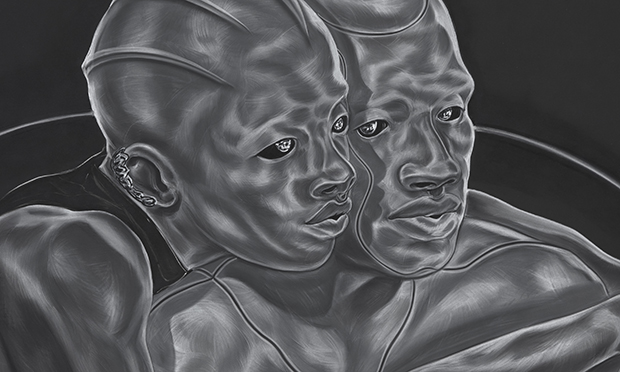
Drawing, the most fundamental of creative impulses, has provided a communicative platform for conveying ideas and beliefs since our ancestors left their indelible marks in caves. For the Nigerian-American artist Toyin Ojih Odutola, drawing is – at its essence – a form of storytelling. Her current commission at the Barbican’s Curve space (and debut exhibition in the UK) sees the presentation of 40 large scale drawings in which Ojih Odutola entices the viewer into a mythical tale cultivated by her own fertile imagination.
Ojih Odutola has gained a reputation for creating socio-politically charged work that asks our familiar histories questions and considers alternative realities. For the Barbican, the artist has conjured up what she describes as “an imagined ancient civilisation” set in the Plateau State of central Nigeria. The show’s title – A Countervailing Theory – refers to a term coined by the American economist John Kenneth Galbraith, which articulates the concept of “countering an existing power with an equal force”.
This illustrator has rendered her epic series of drawings in monochrome using pencil, ballpoint pen and charcoal. Her decision to use pale tones on black backgrounds is itself an intentionally subversive act, challenging the hierarchical tradition of drawing dark tones on a white background. What unfolds before our eyes is a prehistoric society where women are the dominant force, ruling over subservient male labourers. Ojih Odutola is, in her words, “flipping the switch” by questioning matters of colonial history and so-called traditional gender roles. The dimensions and power of these drawings are executed with impressive skill, giving them the feel of history paintings with the curvilinear sweep of this exhibition space further heightening the drama.
Ojih Odutola is coaxing viewers into building their own understanding of the images presented to them. Each of the 40 drawings is an autonomous episode within a broader storyline. In this imagined world, the ruling females and male underclass are solely permitted to engage on an emotional or sexual level with their own gender. A contemplation of power dynamics lies at the beating heart of this tale. From a Western art-historical perspective, mores are challenged by the very fact that the females are clothed, emanating an air of supreme confidence as they survey their domain with weapons in hand. The Ruling Class (Eshu) is the supreme example. For this writer, the muscular female figure here evokes, on a level, Gainsborough’s swaggering, hunting gun-toting landowner Robert Andrews in the celebrated conversation piece, Mr and Mrs Andrews (1750). In stark contrast, the males in Ojih Odulola’s creation are depicted nude, their eyes submissively downcast. One learns in the exhibition catalogue, which boasts an essay by the award-winning author Zadie Smith, together with the curator’s interview with the artist, that the all-powerful females in this mythical story are called Eshu while the docile male humanoids are Koba.
As one pieces together the elements of the story, the differences between the genders of this prehistoric civilisation become apparent. With only same sex romantic relationships permitted, mating behaviours feature prominently in the opening chapters in Mating Ritual and Courtship. The birth of a new generation is divergent from our present reality. Early in the cycle, with This is How You Were Born, the artist depicts a foetus developing inside a transparent vegetal pod as adult hands cradle it. Ojih Odutola outlines how the Eshu have created the Koba for the purpose of mining production and the cultivation of food. A clear reference is made to colonialism when we learn of how Eshu are taught that they are “a source of good in the world” despite their oppressive treatment of the Koba.
The viewer is also made aware of the main protagonists: Akanke, one of the Eshu female ruling class, and Aldo, one of the male Koba. Ultimately, these two figures will subvert the narrative. Against all odds, they first develop a friendship, with Aldo convincing Akanke of the unfairness of their system. The two then have an illicit encounter that is consummated in an act of cunnilingus. Aldo, like the other male Koba does not possess a sex organ. In Consequences Unforeseen and Children of the Century; Twin Sister and Brother, we see the seemingly miraculous consequences of the forbidden union. Any hopes that their love will sow the seeds of a new dawn of equality and freedom in their own lifetimes come to nothing when Aldo is tragically and unjustly condemned to death for the murder of another Eshu he did not commit. A devastated Akanke is persuaded by her same sex partner Konye not to declare her feelings for Aldo to avoid being implicated by the Tibunal. The final drawing, Parable Rock, Riyom, Nigeria, c. 2200 BC, features a rock in central Nigeria with Akanke and Aldo’s features united forever in the formation.
The layout of this grand sequence of drawings has seen them being compared to cinematic storyboards or a graphic novel, both of which have been sources of inspiration for the artist. This is a total work of art with a filmic quality enhanced by a suitably atmospheric, immersive sonic landscape by the Ghanaian-British conceptional sound artist Peter Adjaye. Entitled Ceremonies Within, the specially created composition uses an evocative combination of classical strings, West African instruments such as igba (a cylinder drum), electronics and ambient natural noises of wind and water.
For the finale of this beautifully conceived exhibition there’s something of a plot twist. One turns from the concluding drawing to be met by a rather serious piece of text on the opposite wall. The message expresses that those forty drawings are in reality “life-size scans” of ancient works of art inscribed on large sheets of black shale rock, which have been recently discovered by a Chinese mining company in central Nigeria. Ojih Odutola introduces herself to the visitor as director of the Jos Plateau Research Initiative at Ibadan University. We are informed that the Research Initiative has taken the step of exhibiting these works of art because they draw into focus an advanced civilisation that preceded the Iron Age Nok people who inhabited those lands. They thus offer a “countervailing theory” to previously undisputed history. In reality, this is another fictional construction by Ojih Odutola that sees her playing with perception and credibility. It serves to amplify one of her key points that established societal traditions can and indeed at times must be challenged.
A Countervailing Theory – a culmination of 14 months’ work – is a provocative, aesthetically exciting exhibition by this highly inquisitive Nigerian-American artist. Ojih Odutola draws our attention to existing white patriarchal power structures while asking questions of conventional norms and expectations regarding gender, race and sexuality. The artist’s carefully wrought parallel prehistory throws our own time and current debates about the necessity for a wider retelling of the United Kingdom’s colonial past into sharp focus.
James White
Photo: Toyin Ojih Odutola
Toyin Ojih Odutola: A Countervailing Theory is at the Barbican Centre from 11th August until 24th January 2020. For further information visit the exhibition’s website here.

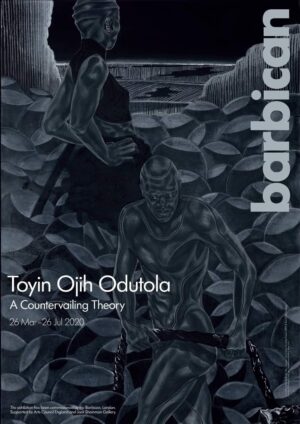
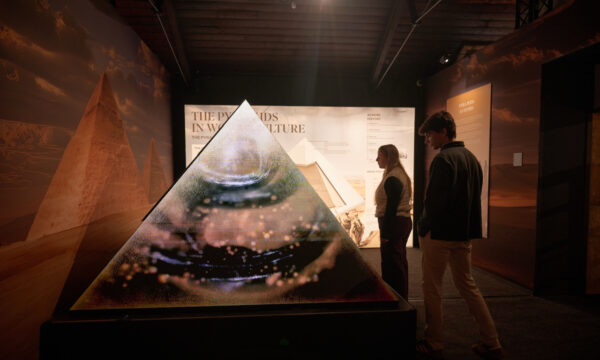
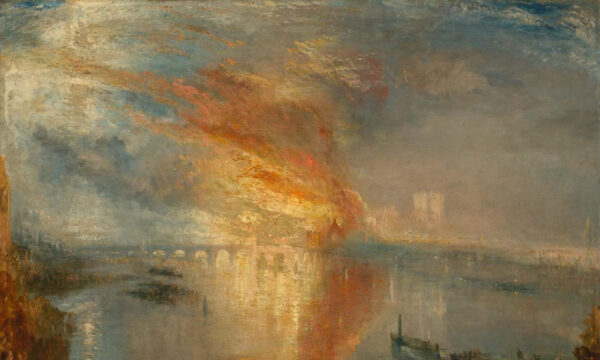
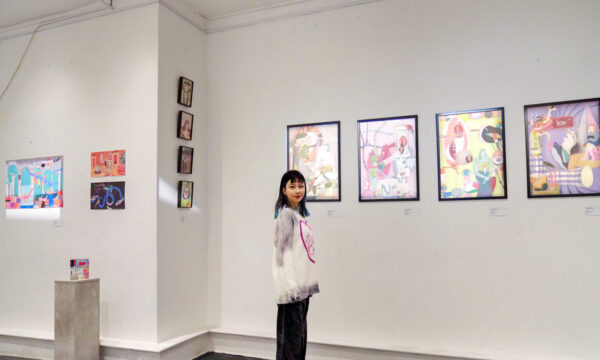
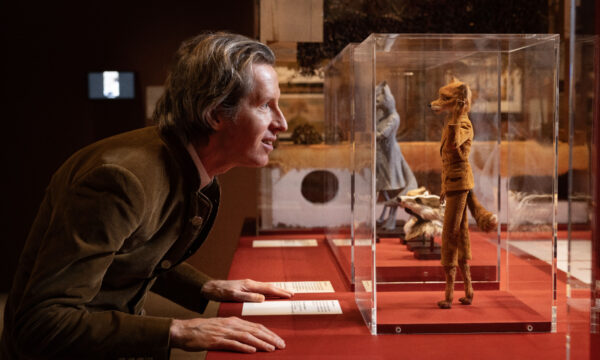
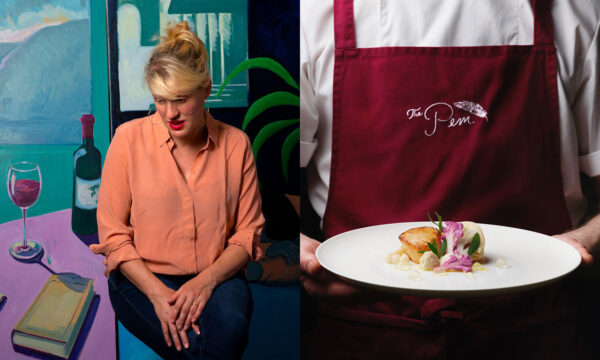
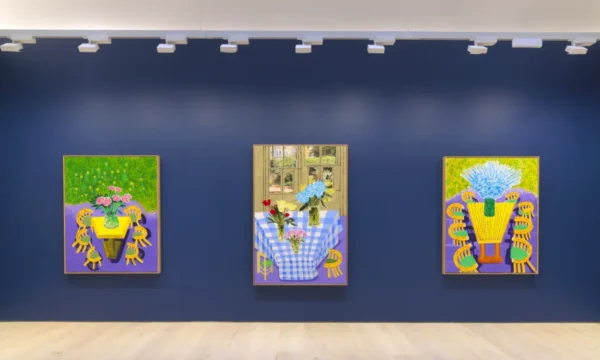
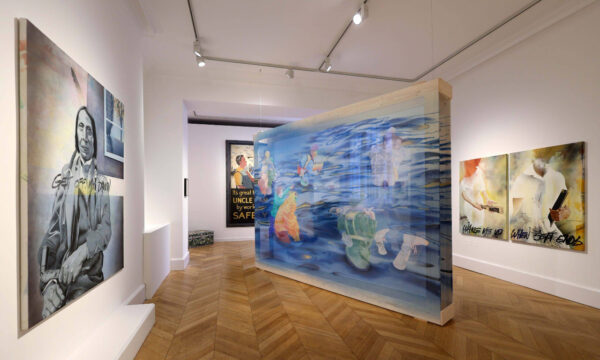
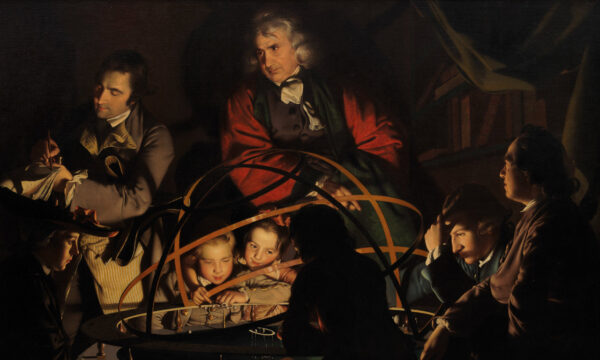
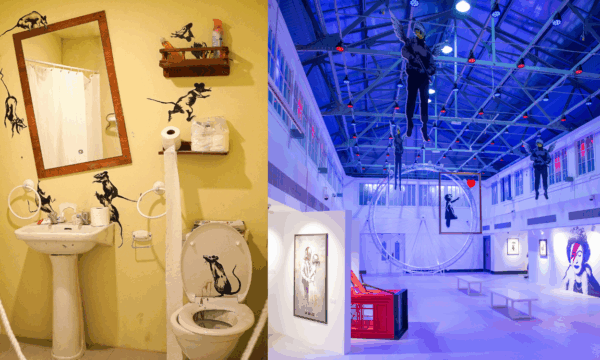
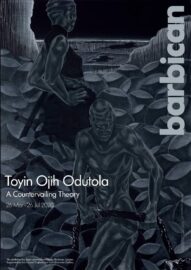



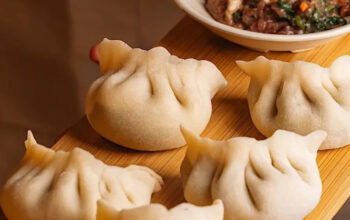






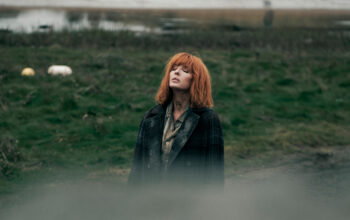
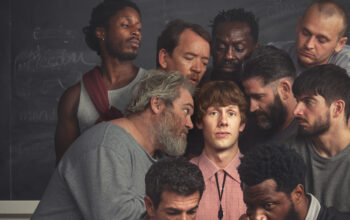
Facebook
Twitter
Instagram
YouTube
RSS